Lotus Gemology
-
About Lotus Gemology
When you see a fine ruby, it does something to you. It’s not about the value.
If it were simply the value, I’d go out and buy a kilo of gold. Richard Hughes to journalist Rod Nordland
“On the treacherous trail to the rare ruby red” | 1982 | Asia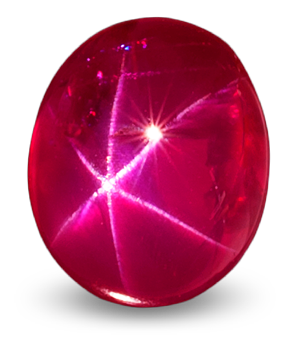
Lotus Gemology begins with a simple idea – beauty is the principal source of attraction for precious stones. Thus it should also be the major focus of gemology. In other words, the GEM is the most important part of gemology.
It is our belief that gemology is not simply about counting atoms; to apply science absent a discussion of how it relates to aesthetics and desire does a disservice not just to clients, but to the jewels themselves. We do not believe that attraction can be reduced to a simple set of measurements, anymore than the beauty of a rainbow or sunset can be expressed by mathematical formula.
Rest assured, we are not Luddites. We not only appreciate science, but use it daily. At the same time, we recognize that many parts of the human experience extend into realms far beyond science. Thus the gemology at Lotus includes not just science, but weaves into the mix history, culture, art and travel. We do this in the belief that these factors play equal roles in how humans perceive desirability and value.
Like a small French restaurant, we believe that crafting a fine meal takes time and individual care; thus our seating is limited. The translation of the intangibles of rarity and aesthetic beauty is our strength.
Precious stones are among the most compelling examples of Mother Nature’s artistic genius.
Lotus Gemology operates from a base of over 80 years of collective experience in the study, purchase, sale and appreciation of precious stones. Our lives have been enriched beyond measure by our involvement with these gifts of nature and we believe if we characterize them with the appropriate reverence and care, we can open this magical world to others. This is our goal.
-
Colored Stone Grading | A Heretic's Guide
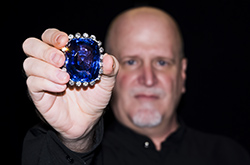
Developing a comprehensive colored stone grading system has been the dream of gemologists since the late 1970's, but despite a number of valient attempts, we are no closer to the goal today than we were four decades ago. This article examines the various problems of colored stone grading, explaining why the challenges are at least an order of magnitude greater than the grading of diamonds.
-
Lao Sapphires | Laos – Land of a Million Elephants... & Sapphires

The history of the Lao sapphire mines at Ban Huay Xai is detailed, along with modern mining by Hong Kong based Sino Resources Mining Corp. Ltd. from 2006–2012.
-
Lotus Gemology Price List
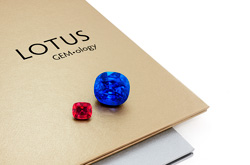
Lotus Gemology produces what we feel are the finest gem testing reports in the gemological field. Each report includes gemstone identification, treatment identification and, in certain cases (mainly ruby, sapphire, spinel, emerald and jadeite jade) origin determination.
-
Made You Look | The Challenges of Identifying Inclusions at First Sight
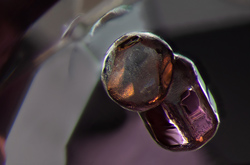
This article discusses the challenges of identifying inclusions based on observation alone. While certain features can help narrow down the possibilities, other methods such as micro Raman help identify inclusions with a greater degree of certainty.
-
Oiled Gems Lab Alert • Lotus Gemology
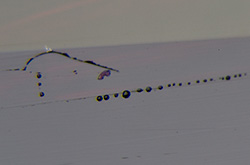
Lotus Gemology warns that oiled rubies, sapphires and spinels are entering the Bangkok wholesale market in increasing numbers. Most, but not all, of these gems are originating from Burma.
-
Padparadscha or Pretender | An Unusual Pink-Orange Sapphire
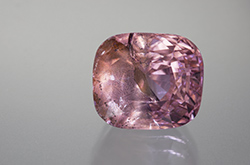
An orangish pink “padparadscha” sapphire was submitted for testing at Lotus Gemology’s Bangkok laboratory. Testing showed a number of conflicting features that suggested the gem was a cleverly treated synthetic pink sapphire designed to imitate natural padparadscha.
-
Ruby & Sapphire Color Types | From Peacock to Pigeon's Blood
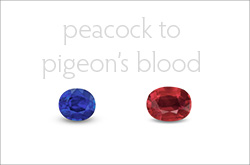
A brief description of the color types for ruby and sapphire used at Lotus Gemology.
-
Rutile Silk in Sapphire | Discovery in 1878
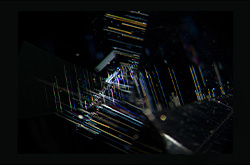
In 1878, the noted Austrian mineralogist, Gustav Tschermak von Seysenegg [1836–1927], was the first to properly identify silk in corundum, finding it to be composed of the mineral rutile (TiO2). An English translation of his landmark paper is included, along with the original German version.
